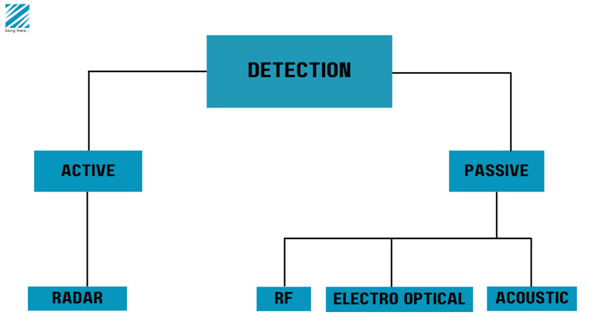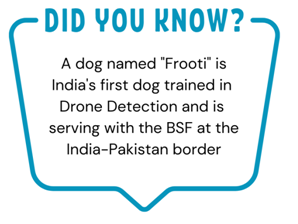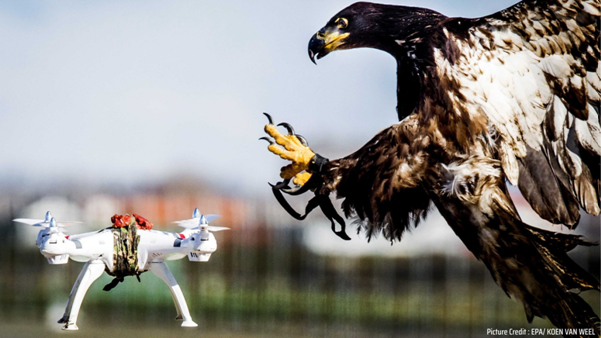In the previous article, we read about how Drones communicate with the Ground Control Station in detail. This article will be about Detection of drones in which we will learn about types of detection technology available & how detection works.
Detection can be active or passive. Classically, flying objects have been detected using active detection systems such as Radar. Radar technology involves radiating the flying object with an energy pulse and comparing it with the echo received from the flying object as it reflects off its surface. However, Radars may be unable to detect most UAVs due to their small radar cross-section which is a measure of how detectable an object is by a Radar.
Indeed, most commercial drones may be mistaken for birds such as Kites and Eagles. To detect drones, FMCW Radars attempt to detect micro Doppler shifts that occur due to rotation of rotors and propellers. However, this technology finds application in anti-drone systems that need to work at extended ranges greater than 10 km and also against fixed wing military drones that have longer endurance periods than commercial drones and also operate at higher altitudes.

Passive detection systems depend on detecting UAVs using sensors that do not actively radiate energy. Electro- Optical sensors are used to detect UAVs visually. Normal ranges achievable are 1.5 – 2 Km. It is effective against autonomous drones that do not rely on RF signals for navigation. It offers the possibility of image processing and machine learning to help in classification of the drone. Difficulties can arise due to weather, limited Line Of Sight, poor light conditions and haze. When we speak about visual detection, even birds of prey like falcons and hawks can be trained to detect drones from several thousand metres away and intercept them. Interesting isn’t it?

Acoustic sensors attempt to detect an UAV based on the sound of its engine and rotors. Arrays of microphones spatially dispersed can be used to determine location of a drone by triangulation. They are again effective against autonomous drones and work well in situations of ground clutter where clear LOS to the drone from the detector may not be available. Typical ranges are 300 – 500m. However, this may not work in environments where ambient noise levels are very high. This solution is offered by vendors such as Squarehead Technologies.

To summarise the above, drones detection can be active and passive and rely on various factors such as the type of UAV, weather conditions, etc. This indicates at the complexity of counter drone technology where calculations involving natural factors affecting detection are taken into consideration and is developed. Stay tuned for our article next week where we will be expanding upon RF & Radar Detection methods and dive deeper into the subject.